About South Sea Pearls
DIFFERENT TYPES OF PEARLS
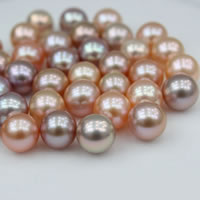
'Naturals’
Are pearls that have grown from a grain of sand (very rare, collectors items)
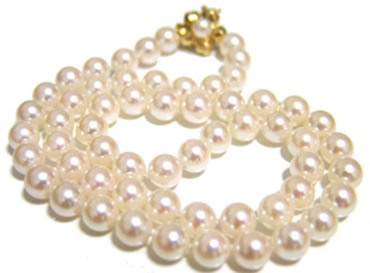
‘Cultured'
Are pearls that have grown from a bead (99.95% of South sea pearls are cultured)
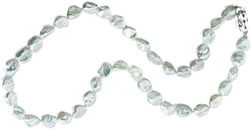
‘Keshi’
Is the Japanese word for poppy seed (hollow, off shaped, natural pearls)
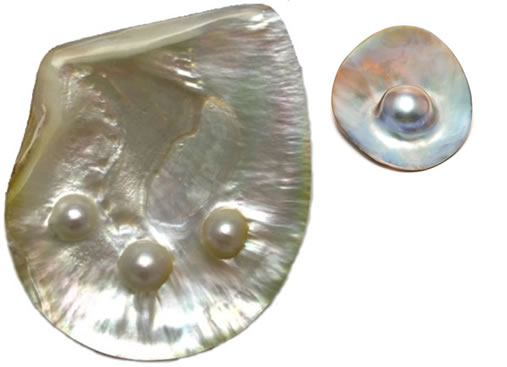
'Mabe'
Are ½ round pearls (grown by gluing a hemispherical bead to the inside of the shell)
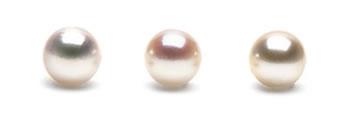
'Akova'
Are small Japanese cultured pearls
The different colour South Sea pearls grow in different species of ‘oyster’ shells
- White and silver pearls grow in silver lip oysters
- Black Tahitian pearls grow in black lip oysters
- Gold pearls grow in gold lip oysters
Pearls are measured in millimetres
Pearls are sold by ‘Momme’ weight (1 Momme = 3.75gms)
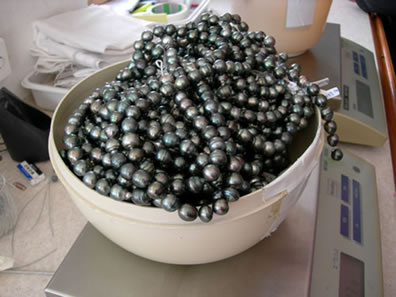
Pearl Shapes
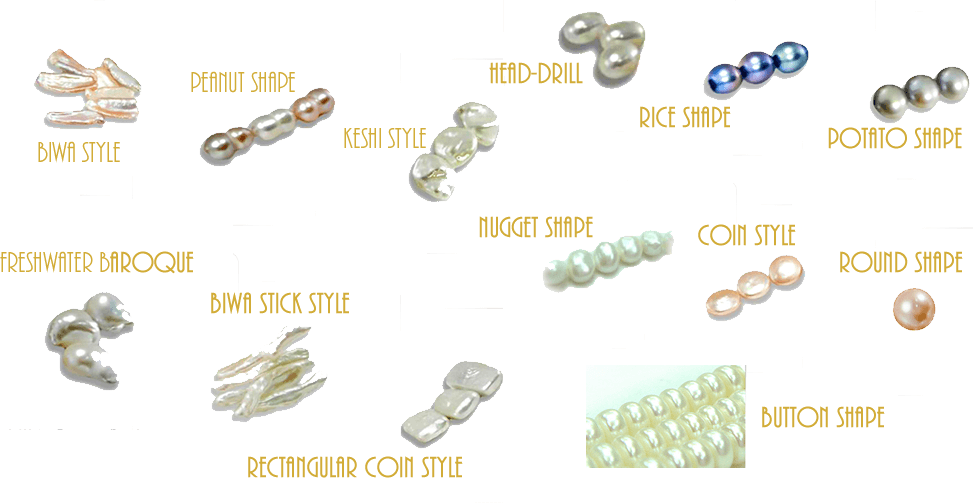
The Virtues of South Sea Pearl
Lustre
Lustre is the interplay of light bouncing off a pearl’s surface (reflection) and penetrating deeper into the pearl’s structure the inner glow or shine of the pearl that truly brings this ocean gem to life.
Lustre is the most beautiful aspect of a pearl.
Complexion
The complexion or skin of the pearl can vary from a clean flawless ‘A grade’ pearl, through to a ‘C grade’ pearl, which may have obvious spots or pits around a large part of the surface area.It varies from pearl to pearl depending on the thickness and tightness of the layers of nacre that surround the pearl.
Of the variables that influence a pearl’s individual desirability, this is perhaps the most important.
Our grading takes account of both skin complexion and lustre.
Shape
A pearl’s shape is purely a personal preference but it does impact quite significantly on a a pearl’s value. In essence the more symmetrical the pearl, the more valuable.
South Sea pearls are found in a variety of different shapes, which can be used in a diverse range of jewellery designs to suit differing tastes.
Surface
A pearl being made by a living mollusc, almost always has surface imperfections and/or complexion irregularities. Surface issues manifest as littler diverts, or lumps or lines. Complexion is more the deeper internal structure of the nacre crystals. This often presents as either a mosaic or crazing effect below.
Size
- The world’s largest pearls are grown in Australia, in fact the largest round, fine quality pearl ever produced came from Cygnet Bay Pearl Farm in 2004 (22.24mm).
- Nucleated South Sea pearls are rarely under 8mm and can grow in excess of 20mm.
- The Akoya pearl ranges from 4 to 10mm, the average size from 6.5 to 8mm.
Colour
Colour does influence price, and like all things to do with a gem rarity and beauty will be the more valuable. When describing colour, we often refer to a base colour and then a secondary hue.
South Sea pearls produced by the Pinctada maxima oyster range in colour from white and silver, through to cream, yellow and gold.

Other important Factors for South Sea Pearls are:
Provenance
To know where your pearl was grown is to know what its true value is, and it’s only the pearl sold direct from the farm which can come with that guarantee.
Purity
South Sea Pearls of Australia are as nature intended, untreated and un-enhanced, a rare gem in today’s global market
